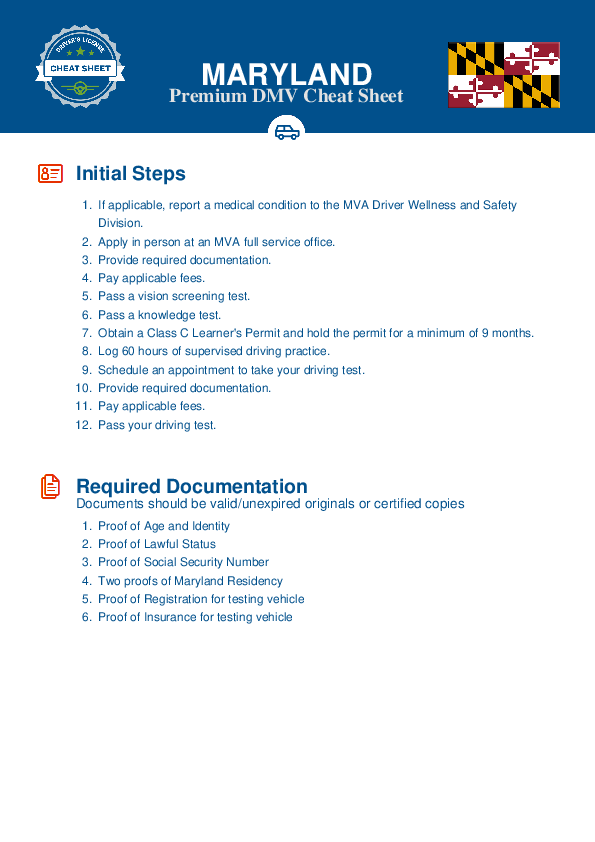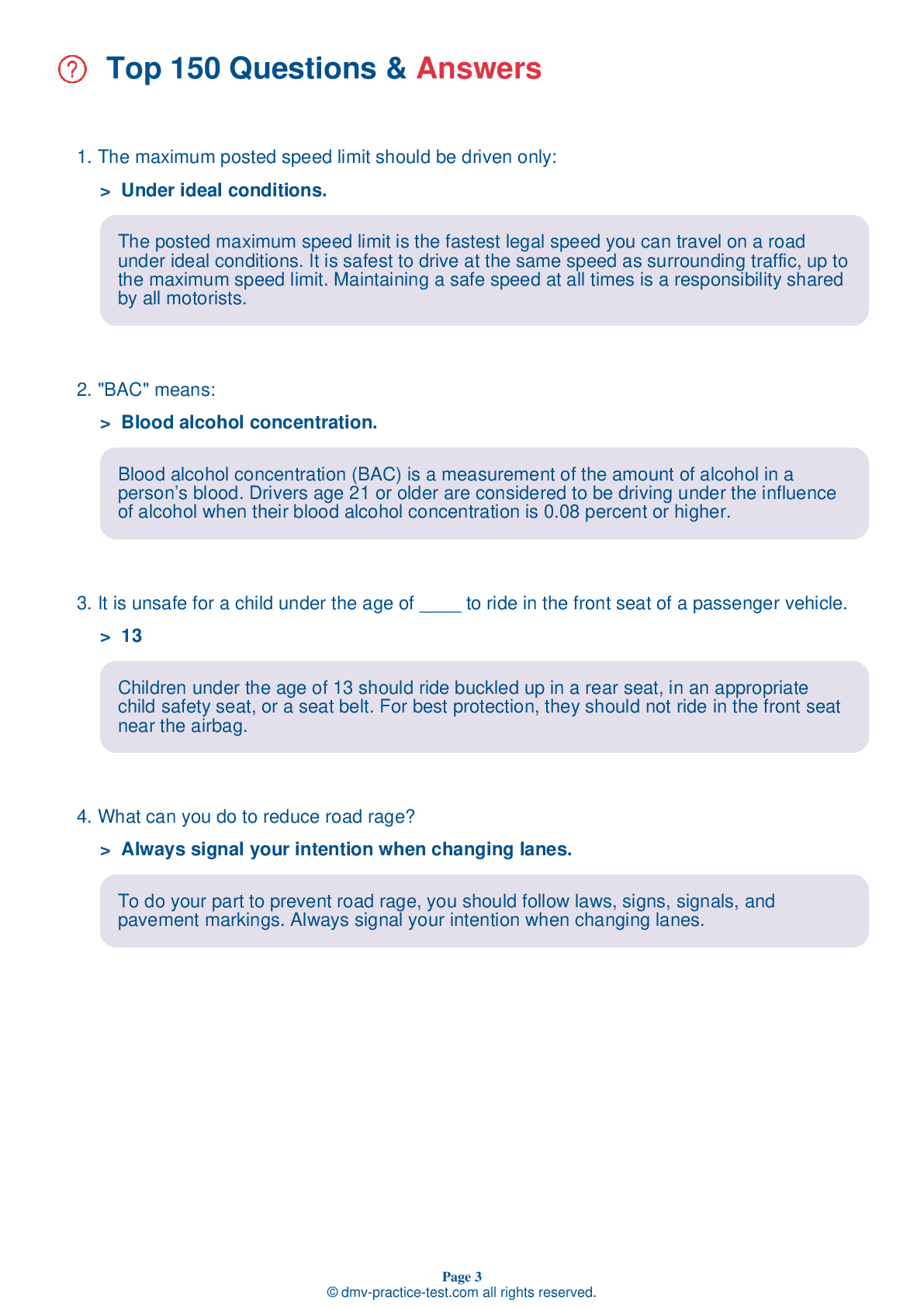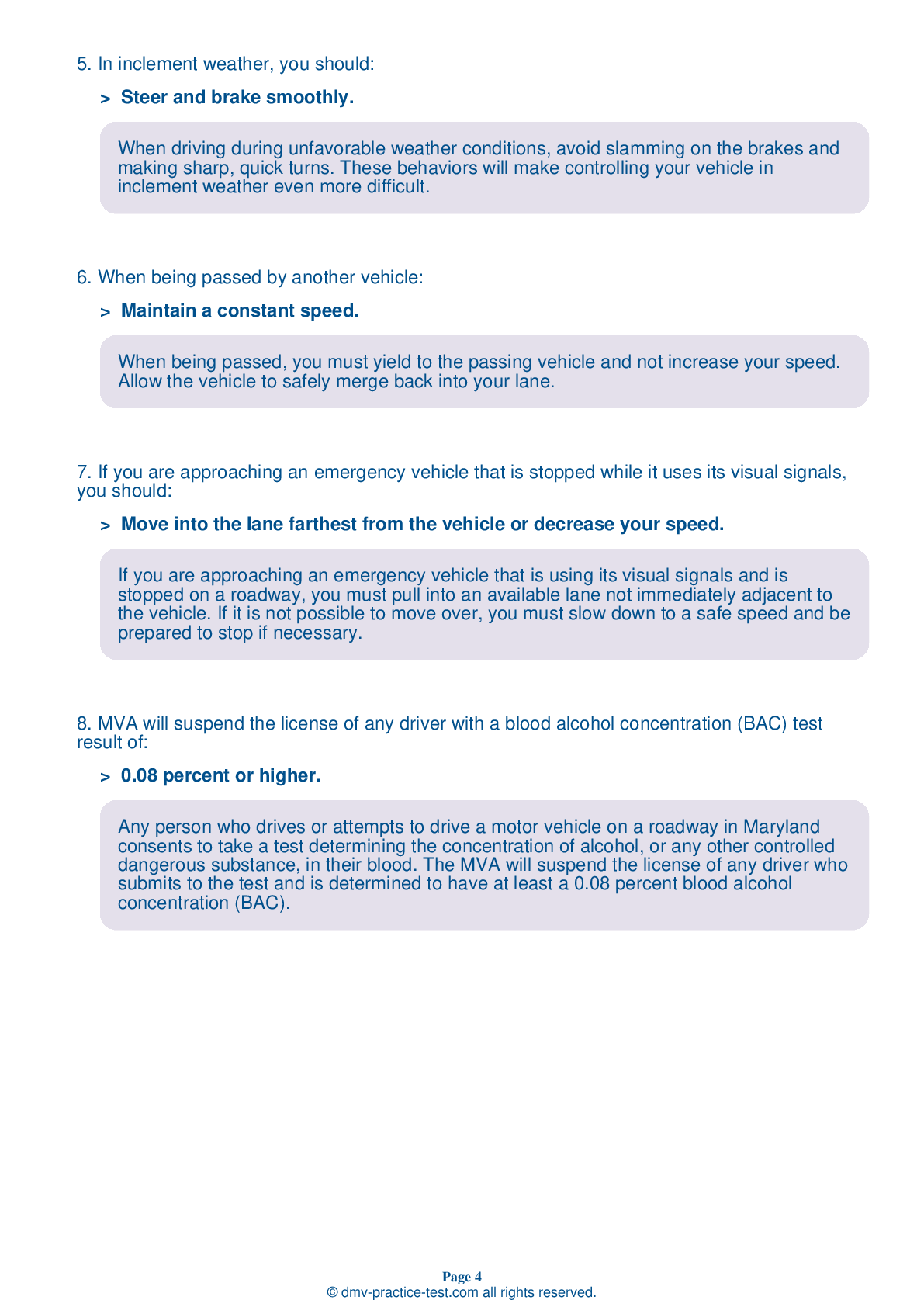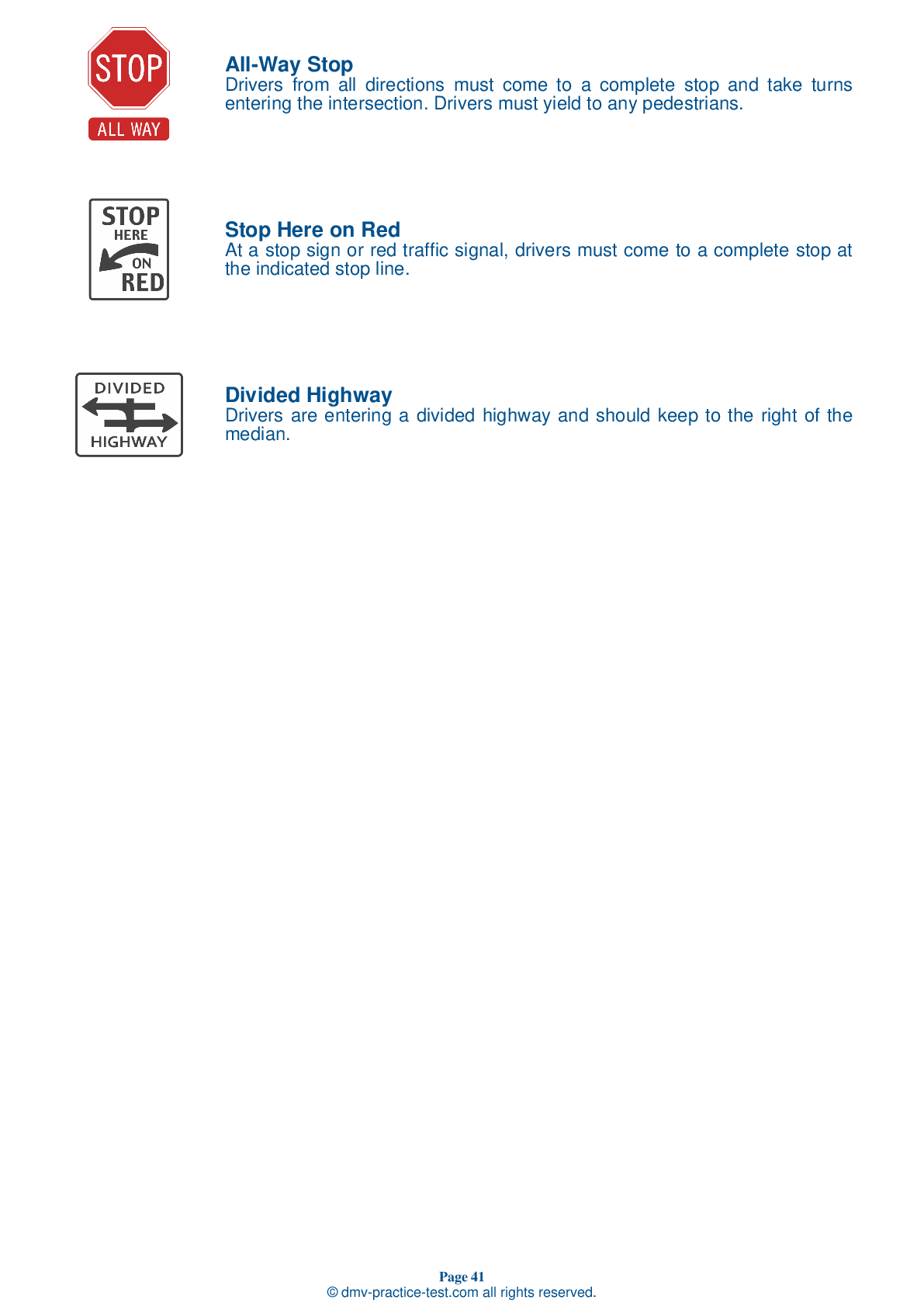FREE Maryland DMV Practice Test #6
Maryland DMV practise examinations have been updated for January 2025. It includes questions based on the Maryland Driver Handbook's most essential traffic signals and regulations for 2025. Use actual questions that are very similar (often identical!) to the DMV driving permit test and driver's licence exam to study for the DMV driving permit test and driver's licence exam.
On the practise exam, each question gets a tip and explanation to help you remember the concepts. The written component of the official Maryland DMV test will include questions about traffic rules, traffic signs, and driving statutes, as well as knowledge from the Driver Handbook.
To obtain a passing grade, you must correctly answer 22 of the 25 questions. Take our DMV practise exam to help you prepare for your Maryland instruction permit or driver's licence.
The DMV exam is available in several languages.
Using any kind of testing assistance will result in an automatic fail, and the DMV may take additional action against your driver's licence, so stay away from it.
1 . When driving at night, you should:
Driving at night is more hazardous than daytime driving because the lowered visibility makes it difficult to judge speed, distances, and other potential hazards. Increase your following distance to help prevent a potential collision if the vehicle in front of you should stop abruptly. Use your headlights when driving at night, following the rules for proper usage of high beams and low beams.
2 . On a multilane road, a dashed yellow line next to a solid yellow line means:
Where there are both solid and dashed yellow lines between lanes of traffic, only traffic directly next to the dashed line may cross the centerline to pass. Drivers next to the solid line may not pass.
3 . If you approach a flashing red traffic light, you:
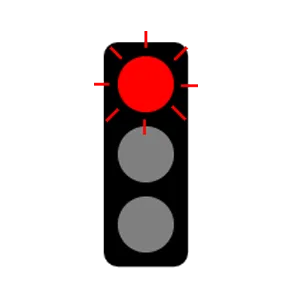
Treat a flashing red light the same as a stop sign. Come to a complete stop at the stop line or, if there is no stop line, prior to the crosswalk and before entering the intersection. Yield to all other traffic and pedestrians.
4 . Water on the road can cause a vehicle to hydroplane. Your car may hydroplane at speeds as low as:
Hydroplaning occurs when there is standing water on a roadway. At speeds up to 35 mph, most tires will channel water away from the tire. As your speed increases past 35 mph, tires cannot channel the water as well and your tires may start to lose contact with the road and ride over the water like a set of water skis.
5 . Excessive speed contributes to high numbers of:
Excessive speed contributes to high numbers of vehicle crashes. Drivers should only ever travel at speeds that are reasonable and prudent.
6 . If you find that the roadway ahead of you is flooded, you should:
Never attempt to drive on a flooded road. Even if the water looks shallow, it may hide many kinds of hazards. If you encounter a flooded area, turn around and seek another route to your destination.
7 . If you are about to be hit from the rear, you should consider each of the following, except for:
If your vehicle is hit from the rear while you are in forward motion, your body will be thrown backward. Press yourself against the back of your seat and put your head against the head restraint to prevent whiplash. Maintain a firm grip on the steering wheel and be ready to apply your brakes to avoid being pushed into another vehicle.
8 . When you want to change lanes, you should never:
You should never change lanes within an intersection. Before changing lanes, always look over your shoulder to check your blind spot. Be alert to other drivers moving into the same lane.
2025 Maryland | Frequently Asked Questions
1. Be at least 15 years and 9 months old.
2. Pass the vision exam.
3. Complete the Maryland MVA Online Driver Test Tutorial.
4. Pass the knowledge test.
5. Provide proof of identity, age, and Maryland residency.
6. Have a parent or guardian co-sign your application.
7. Pay the required fee.
Remember, you must hold your learner's permit for nine months before you can take the driving test.
